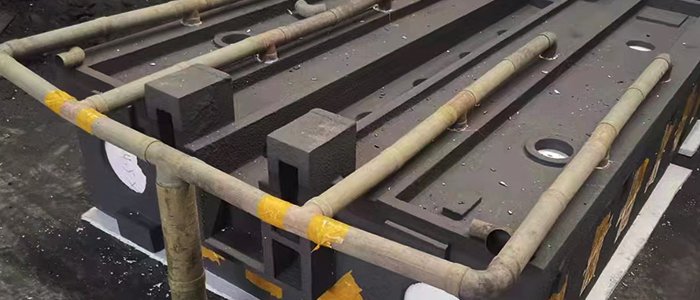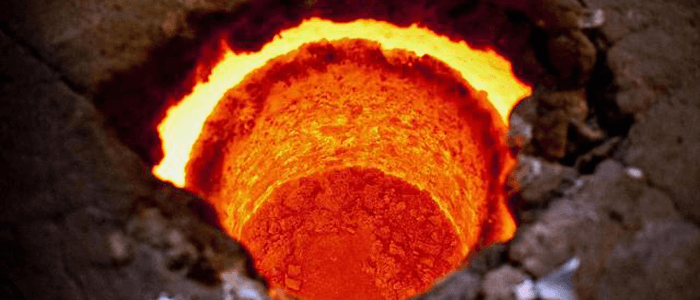In metal casting, ensuring high-quality components requires precise control of molten metal flow and solidification. Two critical elements in this process are runners and risers (also called feeders). While both are part of the gating system, they serve fundamentally different purposes. Understanding their roles helps foundries optimize casting quality and minimize defects.
Runner: The Pathway for Molten Metal
The runner is the channel that delivers molten metal from the pouring basin into the mold cavity. Its primary function is to:
-
Control metal flow to minimize turbulence, which can cause gas entrapment or oxide formation.
-
Distribute metal evenly to prevent premature cooling in certain sections.
-
Reduce erosion of the mold by directing metal smoothly.
Runners are typically designed with a tapered shape to maintain proper velocity and avoid splashing. They can be horizontal (in sand casting) or vertical (in die casting).
Riser: The Shrinkage Compensator
The riser (or feeder) acts as a reservoir of molten metal that feeds the casting as it solidifies. Its key roles are:
-
Prevent shrinkage cavities by supplying additional metal to compensate for volume reduction during cooling.
-
Promote directional solidification, ensuring that the casting solidifies from the extremities toward the riser.
-
Improve metallurgical integrity by allowing gases and impurities to escape into the riser rather than the casting.
Risers are usually placed at the thickest sections of the casting, where shrinkage defects are most likely to occur. They can be open (exposed to air) or blind (enclosed in the mold).
Key Differences at a Glance
| Feature | Runner | Riser (Feeder) |
|---|---|---|
| Purpose | Delivers molten metal into the mold | Compensates for shrinkage during solidification |
| Location | Part of the gating system | Positioned near thick casting sections |
| Design | Tapered for smooth flow | Larger volume to retain molten metal longer |
| Removal | Cut off after casting | Removed and recycled (or discarded) |
Why Both Are Essential
-
Without a well-designed runner, metal flow can be turbulent, leading to defects like cold shuts or misruns.
-
Without a properly sized riser, shrinkage porosity can weaken the casting, making it unsuitable for high-stress applications.
Conclusion
In summary:
-
Runners = Delivery system (ensures proper metal filling).
-
Risers = Safety reservoir (prevents shrinkage defects).
Both components must be carefully designed based on the casting material, geometry, and process (sand casting, investment casting, die casting, etc.). A well-optimized gating and feeding system is the foundation of defect-free castings, ensuring mechanical performance and cost efficiency.



